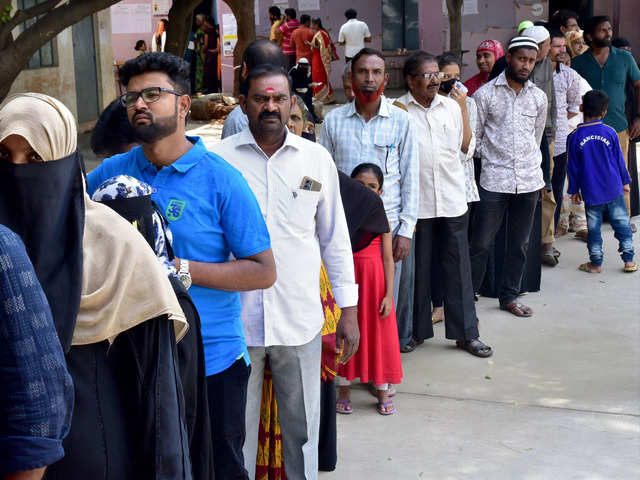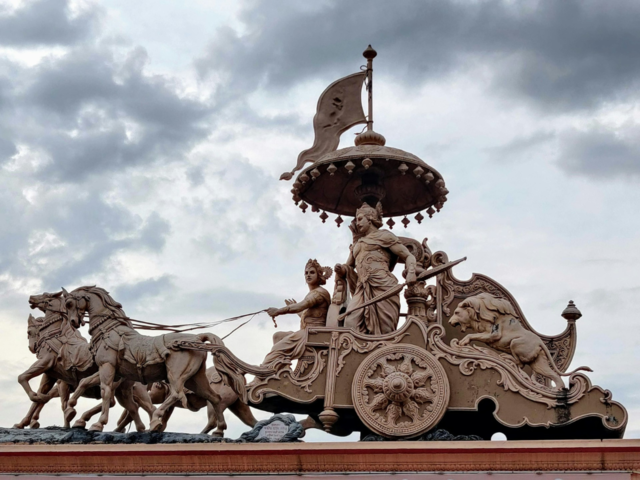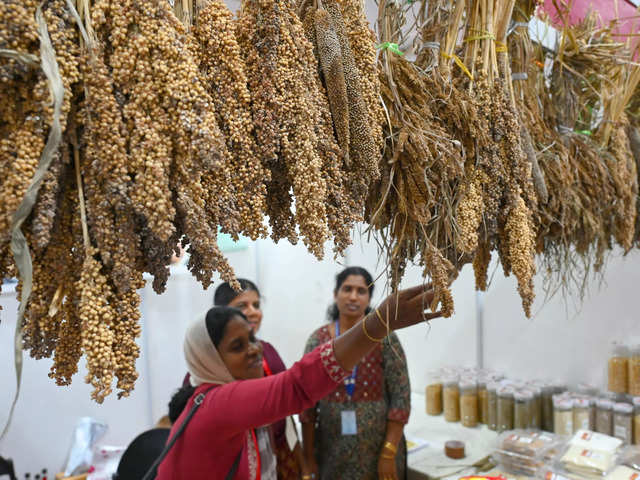
Brand and PR experts discuss Cadbury’s crisis management strategy and what else should the brand do to win back consumer trustMondelez India
Experts advise Mondelez to do more than just automated Twitter response to tackle its beef controversy
Jul 20, 2021, 10:00 IST
brands
Cadbury row over beef: Was Mondelez’s crisis management strategy convincing enough to win back its consumers' trust?
Jul 20, 2021, 10:00 IST
Experts advise Mondelez to do more than just automated Twitter response to tackle its beef controversy
Mondelez India found itself in a soup on Sunday after a few screenshots surfaced on Twitter suggesting that its Cadbury Dairy Milk may contain gelatine derived from beef.- Cadbury was quick to respond to its row over beef in chocolates clarifying that the screenshots circulated on social media were of the company’s international products and all its Indian products are vegetarian.
- We speak to brand and PR experts to discuss Cadbury’s crisis management strategy and what else should the brand do to win back consumer trust.
https://t.co/798qgPozsF
— Cadbury Dairy Milk (@DairyMilkIn) 1626616484000After issuing a public statement to soften the uproar, Mondelez decided to respond to all tweets with its official statement mentioning that the green dot on its wrapper signifies that it is 100% vegetarian. However, instead of engaging with the internet users one-on-one and addressing their queries, Cadbury decided to use its templatized statement everywhere.
Sharing the best ways to tackle such crisis, particularly when the brand may not be at fault, or ‘has a plausible and believable counter-point to quell the crux of the crisis,’ Social Media Expert and Independent Communications Consultant, Karthik Srinivasan said, “Do not use stock statements and plaster it as a reply to anyone and everyone. Prioritise a few top voices who are causing maximum damage and engage with them contextually and in the form of a conversation on the medium they are active in. This requires good social media monitoring tools (to ascertain who are the top voices causing or worthy of causing most damage) and a cross-functional team consisting of PR and communications (agency and client-side) and Legal. Most importantly, this group needs to be empowered to take decisions in real-time in terms of the brand holding a conversation with its detractors online.”
Dilip Cherian, Consulting Partner, Perfect Relations advised looking through the company’s Owned Media first.
He said, "Responding a little late, triggers a little panic but eventually, all seems to have been well. It could also be useful for Cadburys to recognize that going forward having more details of its India-specific process and the safety factor need to be built into it. India market product specs could be emphasized on its Owned Media. This is something that we at Perfect Relations have been advocating quite strongly in recent times. With the rise of fake news and it's tremors, the most obvious place for customers or trigger happy influencers all look through the company’s Owned Media. Cadburys need to check even now whether it's India site is strong enough to tackle it's possible problems. To my mind, that's where we should start.”
Many brands have become a victim of boycott culture on social media lately and a lot of them bow down and maintain a low profile to cushion the blow. Cadbury decided to address the concerns and face the situation head-on. Gone are the days where a brand could hope for this to die a natural death and wait for consumers to move on. A small trend can snowball, and a little ignorance can lead to a huge amount of audience permanently boycotting a brand. At the same time, logic dictates that brands should not get involved in arguments or low blows since it tends to feed the trolls.
Suggesting the best way out of this, Tarunjeet Rattan, Managing Partner, Nucleus PR said, “A measured response is the best route. However, the mark of the measure can only be decided by the brand based on their consumer profile and industry segment.”
She said that when a brand finds itself in a PR crisis such as Cadbury, it should go all out on social media. Sharing how Cadbury can further fix the damage caused, Rattan added, “Add Linkedin to the mix so that they can get Corporate Inc behind them. Engage with editorial media to help them share their side of the story with an interesting bite or two sprinkled with nuts and nuggets (no pun intended). Create a statement that goes up on their website and social media pages along with a newsletter sent out to all internal and external stakeholders. Reach out to fact-checking websites/handles and ask them to do their own checks and put it out. Add a dose of sweet humour (in true Cadbury style) by engaging reel influencers and use it as an opportunity to turn this into positive PR for them.”
You snooze, you lose
Cherian said that a company should get back to its trolls on Twitter in less than an hour.
"Companies, in today's hyper-connected world, can get trolled cancelled or boycotted swiftly, for all the right reasons. But what really constitutes a crisis, and one that strikes from the outfield is when it's totally based on wrong reasons. Cadburys has fallen victim to a classic case of this with the wildcard allegation that its chocolates manufactured in India had beef components in them. There is an element of mischief here but by those trying to create a sensation to ride out with. Speed is the most important ingredient in managing a crisis of this kind given that these issues have been dealt with multiple times before. So, there is no reason why there should be anything even close to an hour's delay in getting back on mischievous tweets that sought to cause commercial and customer confusion. The fact that the company chose to clarify directly to the person pushing the offending tweet is good. But at Perfect Relations, we'd have opted for a quicker but generic tweet. That I believe would have been even better. And the time factor needs to be taken into account. We now live in a 24x7 world and crisis can erupt anywhere at any time. There is no time to pause to ponder and prevaricate. Pushing out the right message very quickly is essential. In my view, Cadburys did manage to stem rubbish from expanding. But some hits were hurting," said Cherian.
Srinivasan also said that if a crisis begins and perpetuates on social media, the conversations on Twitter need to be quick and in real-time. “Delays in reacting to specific questions could make it seem like the brand has something to hide. A brand handle on social media is just that - a brand handle, without a human voice. So when trying to add a factual counterpoint, it would be better to name a credible, verifiable (LinkedIn'able!) individual as the person behind the counter-point.”
Personalisation
When Fortune Oil got caught in a crisis earlier this year, after its brand ambassador Sourav Ganguly suffered a mild heart attack, it immediately released a statement asserting that it would continue to work with Ganguly. After a few days, it launched a personalised print ad penned by its ambassador Ganguly to clarify that there are multiple reasons that can affect one’s heart's health.
In Cadbury’s case, it is just a note from brand’s official Twitter page and Srinivasan pointed out that ‘when sharing a factual response as a stock statement, who says it matters. For instance, if the response being used by Cadbury now was attributed to the India CEO, that would carry more weight.’
Due to the vastness of information available on social media, a lot of such crises come and go. Add to it people's perpetually decreasing attention spans. However, a Google search can still bring up stories around such controversies with just one search which could result in people changing their minds about a particular product. So, durable brands, FMCG or luxury brands need to be extra careful while handling a ‘small’ PR crisis.
Srinivasan added, “It is important to put forward the brand's counterpoint impactfully so that future readers see both sides of the controversy and are able to make up their mind unambiguously.”
He is sure that Mondelez will pull a ‘Maggi’ and hire a big celebrity to cover the damage and communicate how safe their products are.
For its future communication, Rattan advised, “On a consistent basis, it should keep talking about safety and hygiene. Cadbury is not new to this and has faced a crisis before. But they stopped talking about hygiene in their overall campaigns once the immediate threat was overcome. Brand conversations that touch upon safety and hygiene must be a standard and not a crisis response, especially for a brand consumed by all ages including children. Keep hammering it and then some.”
INSIDER INTELLIGENCE REPORTS







